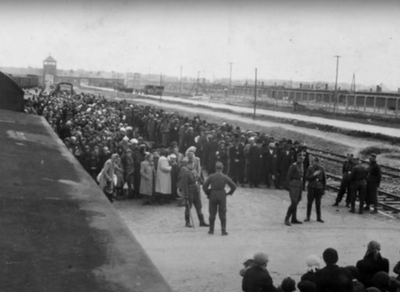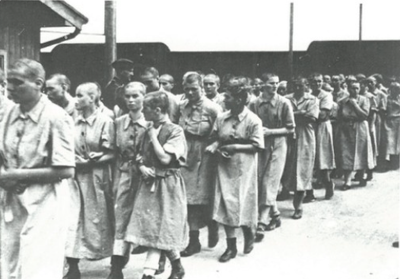History of the convoy


In spite of everything, the majority of the prisoners finished the journey and arrived at the gates of Auschwitz and the death camps. According to the testimony of Sam Braun, a survivor of the convoy, they arrived on December 10 in the late afternoon. It was December in Poland, so it was extremely cold and a fog enveloped the platform. The SS shouted violently in German. The soldiers then separated the men from the women and began their sorting: who would be destined to work and who would be murdered immediately. Only 339 unfortunate people were kept alive, 267 of them men and 72 women. The others were taken directly to the gas chambers.
The selected ones were then taken away, showered, shaved and tattooed with a number that would replace their identity entirely. They were then assigned to different work kommandos in Monowitz, a sub-camp of Auschwitz, and joined the prisoners already there. Men and women remained separated.
At the Liberation, only 42 survivors of this convoy were recorded, including 2 women.
________________________________________________________________________
Photo credit: L'album d'Auschwitz, Serge and Beate Klarsfeld